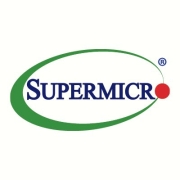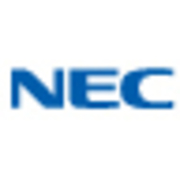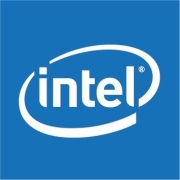Blade Servers consolidate multiple server functions into a slim, minimalist design. Optimized for performance and efficiency, these servers suit data centers seeking scalable solutions, allowing for better resource management.
Blade Servers integrate powerful processing capabilities in a compact chassis, providing a modular approach that enhances operational efficiency. These servers support extensive networking and storage options, facilitating seamless data flow and management. Designed for dynamic environments, they adapt to rapidly evolving demands by offering easy scalability and high density, ensuring reduced space utilization and energy consumption. The integration within existing infrastructure is smooth, offering hassle-free upgrades without substantial downtime.
What are the critical features of Blade Servers?
What benefits and ROI should be expected?
Industries such as finance, healthcare, and retail implement Blade Servers for their adaptability and performance enhancements. These servers facilitate high-volume transactions and real-time data processing, crucial for sectors relying on speed and accuracy.
This category provides a robust framework for efficient resource management and scalability, aligning with the growth objectives of organizations seeking streamlined IT operations.
| Product | Market Share (%) |
|---|---|
| HPE Synergy | 19.5% |
| HPE BladeSystem | 14.0% |
| HPE Superdome X | 9.8% |
| Other | 56.7% |




























Blade Servers are designed to save space while offering high performance, making them ideal for data centers. By using a shared infrastructure such as power supplies, cooling systems, and network resources, Blade Servers reduce hardware redundancy and energy consumption. This design minimizes server footprints, allowing you to increase computing power without needing to expand the physical data center space. Their modularity also makes maintenance and upgrades simpler, further enhancing operational efficiency.
What are the security benefits of Blade Servers?Blade Servers offer robust security features that are essential for protecting data center environments. They often come with built-in security layers such as encryption, advanced authentication methods, and network segmentation. These features help you safeguard sensitive information and maintain compliance with industry standards. The unified management capabilities of Blade Servers also provide centralized control, making it easier to implement security policies and monitor threats across your infrastructure.
How do Blade Servers handle scalability?Scalability is a crucial advantage of Blade Servers. Their modular nature allows you to add more server blades as your computing needs grow, without the need for additional rack space. This plug-and-play capability ensures that you can scale vertically efficiently by adding more processing power or horizontally by allocating additional resources. Blade Servers support dynamic workload management, making it easier to adjust to changing demands, ensuring your IT infrastructure can adapt quickly.
What is the cost-effectiveness of Blade Servers?Blade Servers offer a cost-effective solution for modern data center needs. By sharing power, cooling, and networking resources, they decrease the overall hardware expenses and reduce energy consumption. Although initial investments might be higher, long-term savings are realized through lower operational costs and reduced physical space requirements. The integrated design also means less cabling and simplified management, which can result in lower maintenance costs and reduced downtime, enhancing your overall return on investment.
How do Blade Servers support virtualization?Blade Servers are optimized for virtualization, providing the necessary infrastructure for creating virtual machines that make efficient use of hardware resources. Their high-density design allows you to host multiple virtual environments on a single physical server, maximizing resource utilization. With powerful processors, large memory capacities, and high-speed network connections, Blade Servers ensure that you can achieve high performance and scalability for virtualized applications. Management tools often come integrated, making it simple to deploy, manage, and optimize virtual workloads.